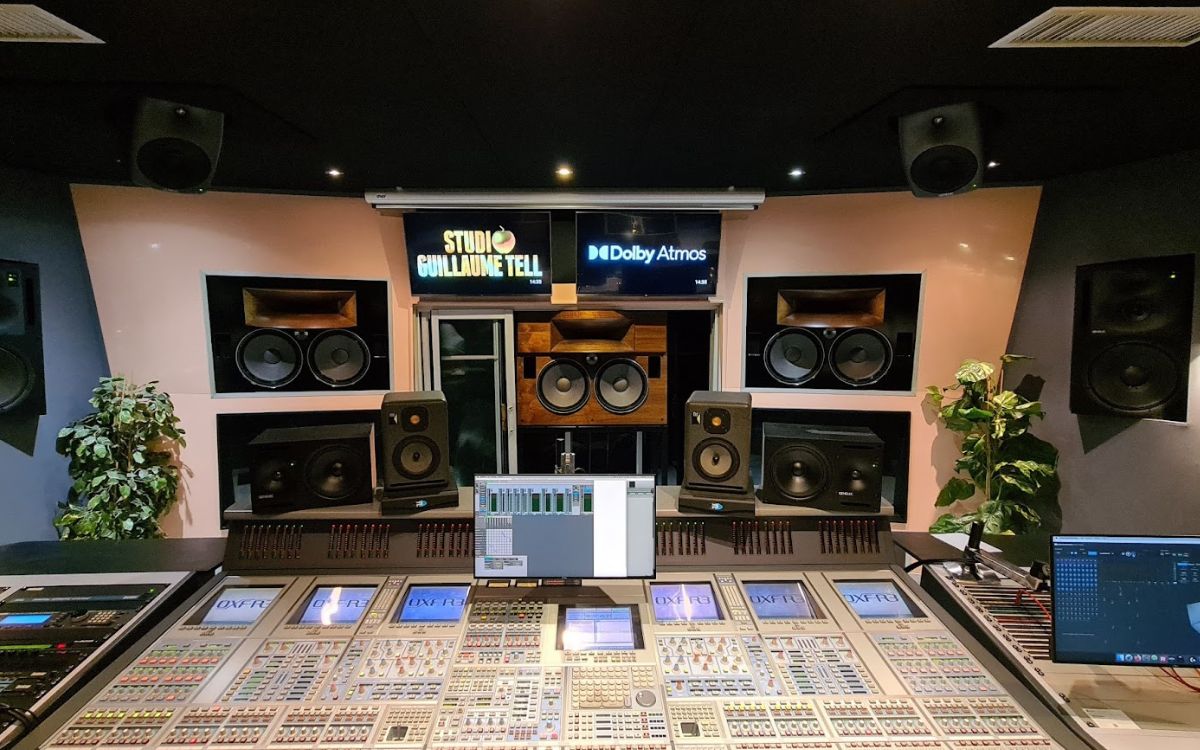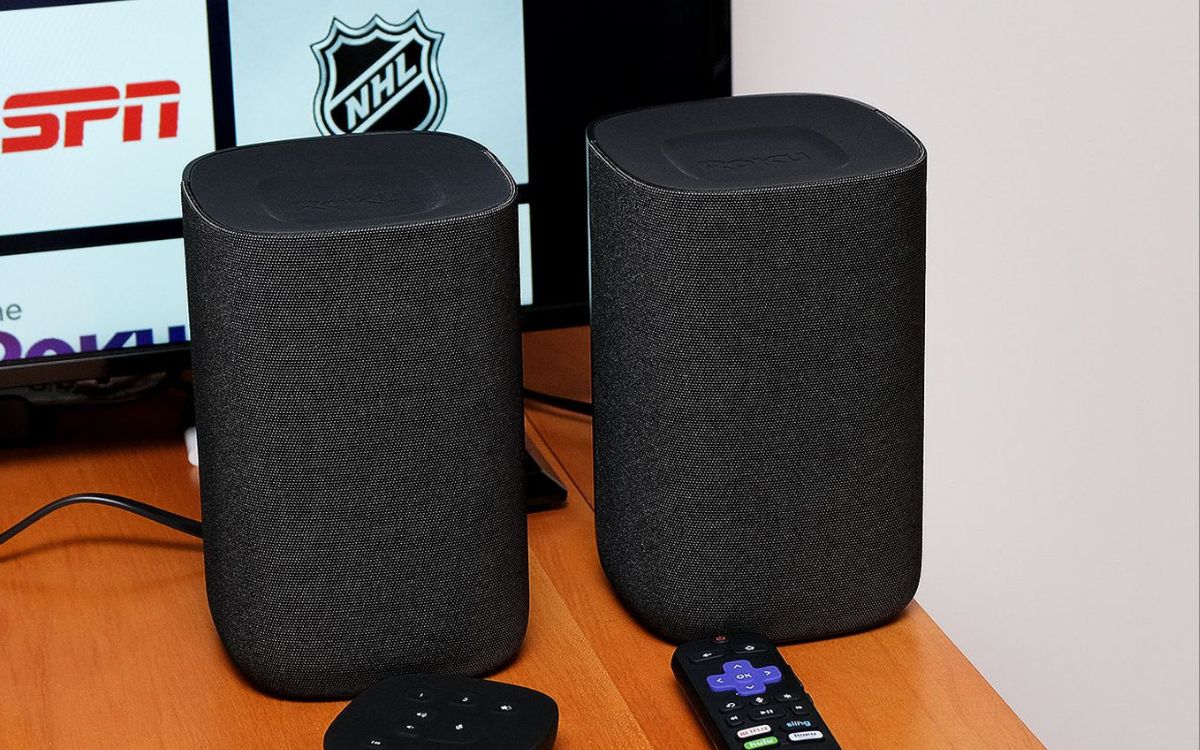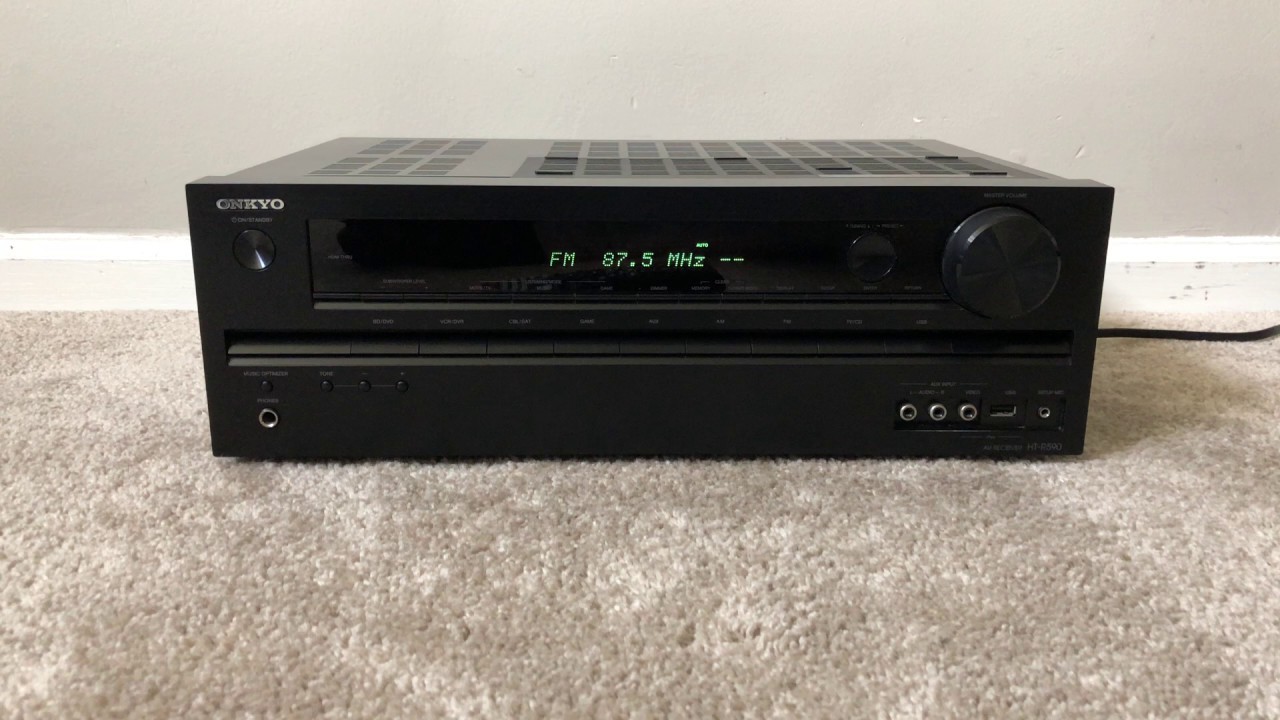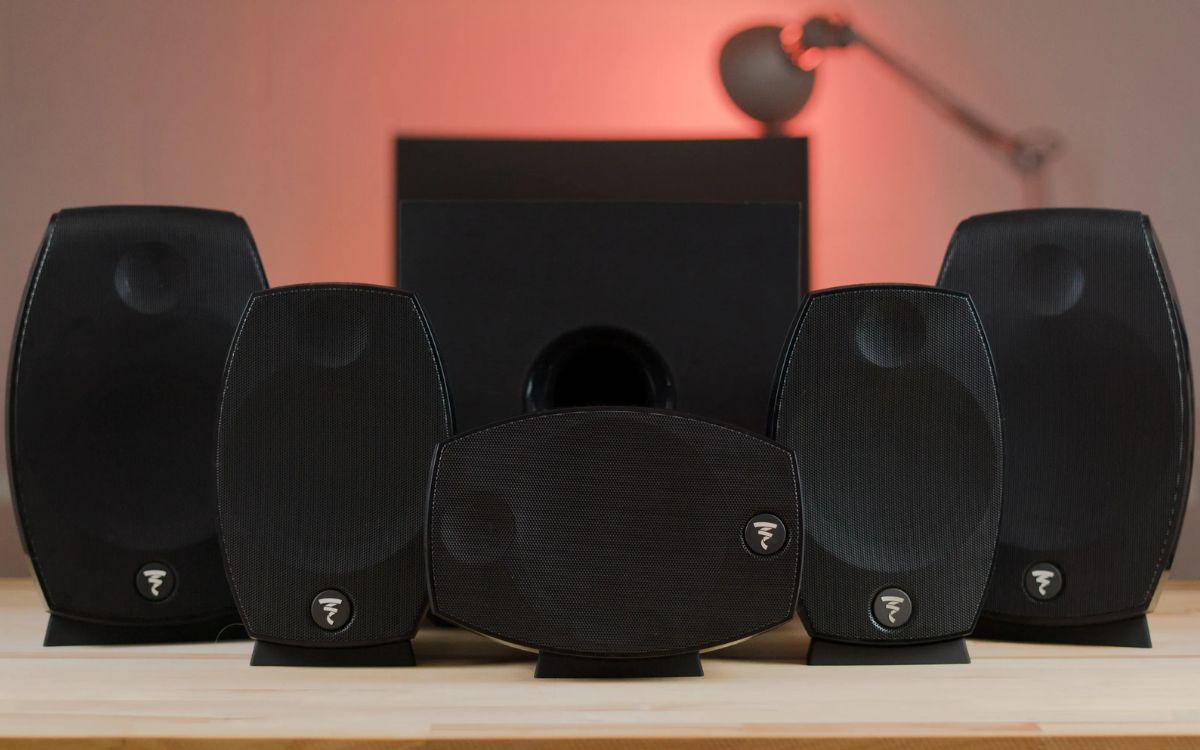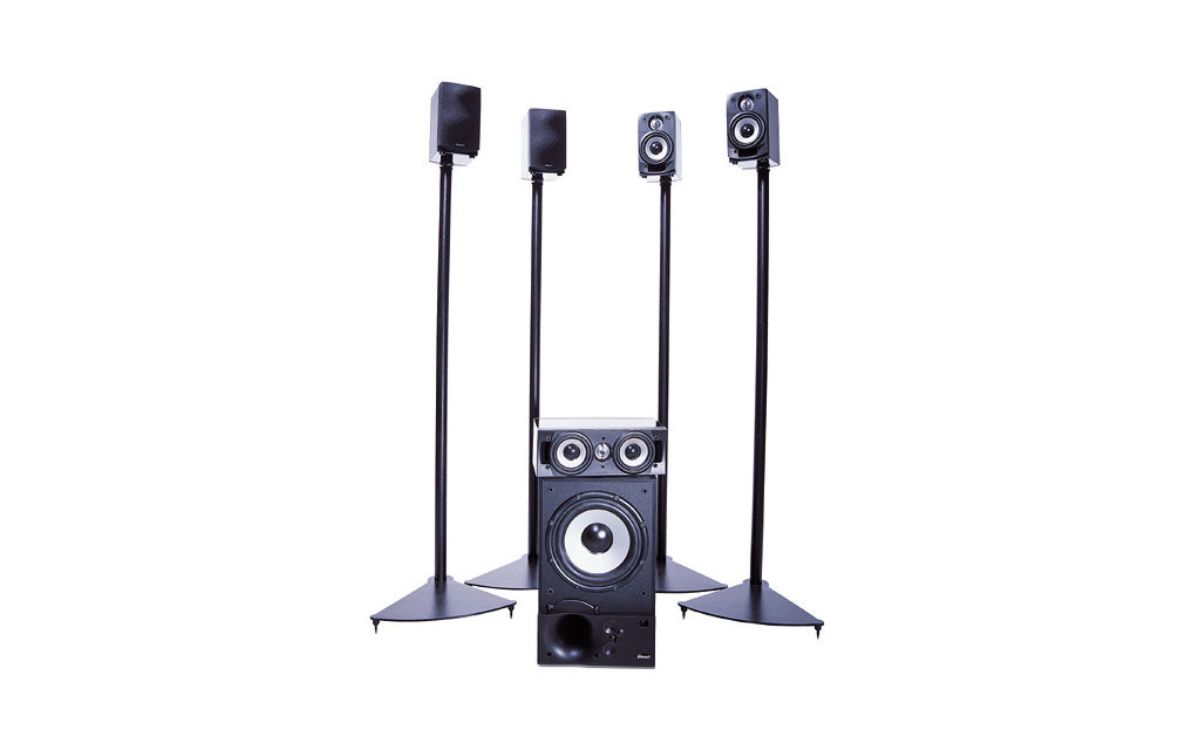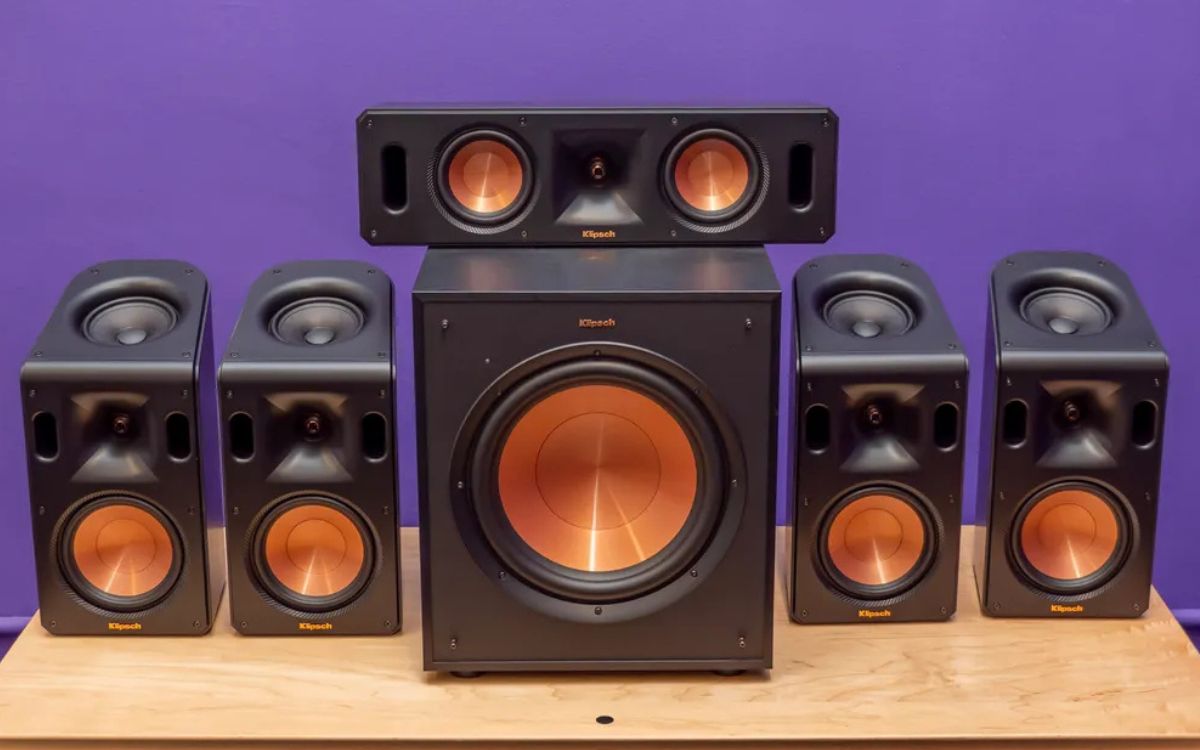Home>Production & Technology>Surround Sound>What Is The Best Receiver For Surround Sound?
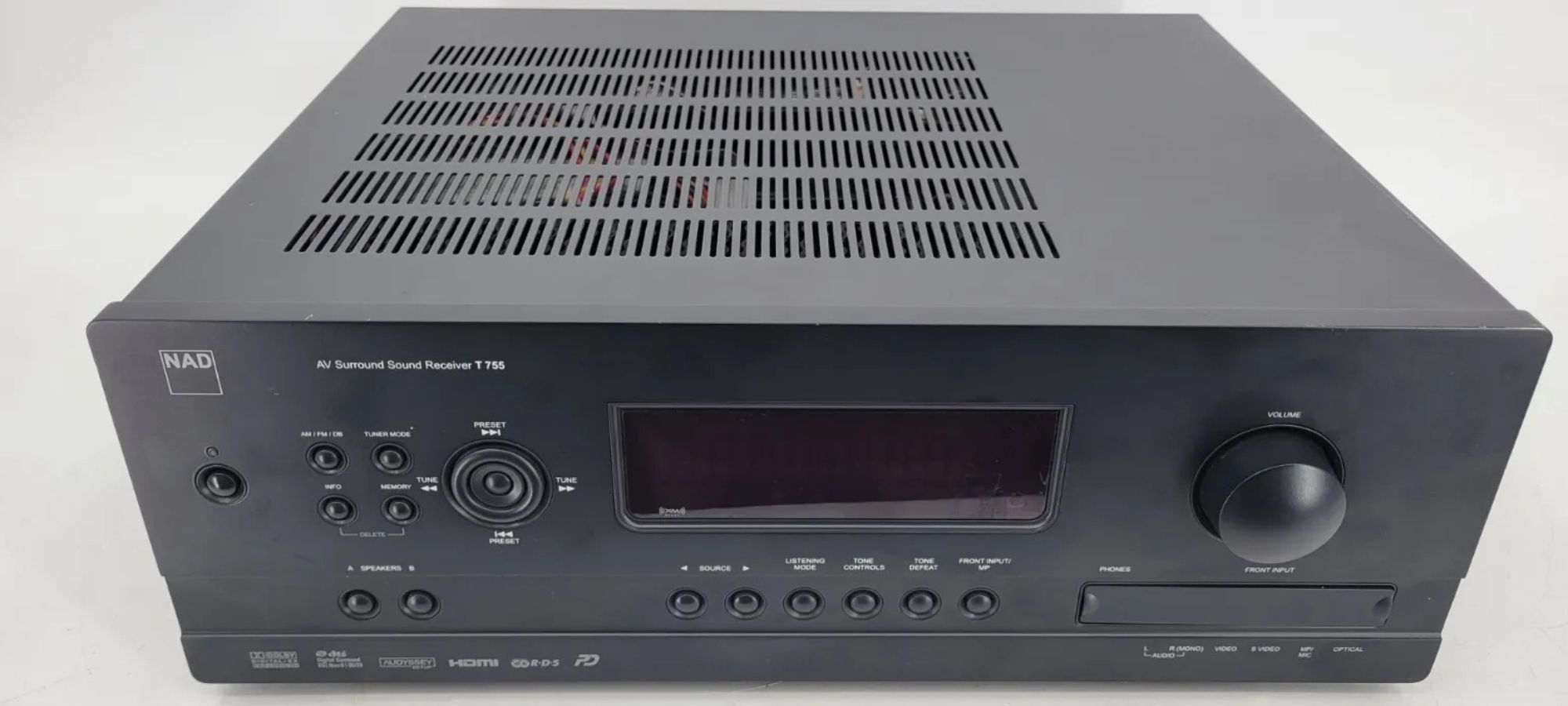

Surround Sound
What Is The Best Receiver For Surround Sound?
Published: December 23, 2023
Looking for the best receiver for immersive surround sound? Discover top-rated options for your home theater setup and elevate your audio experience.
(Many of the links in this article redirect to a specific reviewed product. Your purchase of these products through affiliate links helps to generate commission for AudioLover.com, at no extra cost. Learn more)
Table of Contents
Introduction
Welcome to the world of surround sound, where audio immersion takes entertainment to a whole new level. Whether you’re a movie enthusiast, a gamer, or a music lover, having a high-quality surround sound system can enhance your audio experience by delivering a truly cinematic and immersive soundstage. At the heart of any surround sound setup lies the receiver, which acts as the control center for all your audio devices and channels.
In this comprehensive guide, we’ll explore the world of surround sound receivers and help you find the best option to suit your needs. We’ll dive into the factors you need to consider when choosing a receiver and highlight the key features to look for. Additionally, we’ll provide a list of the top surround sound receivers in the market, followed by a detailed comparison to help you make an informed decision.
Before we get into the details, let’s take a moment to understand the importance of selecting the right receiver for your surround sound system. A surround sound receiver acts as the hub that connects all your audio sources, such as Blu-ray players, gaming consoles, streaming devices, and speakers, ensuring seamless audio distribution across multiple channels.
Not all receivers are created equal, and choosing the best one for your setup can have a significant impact on your overall audio experience. A high-quality receiver will support the latest audio formats, provide ample power to drive your speakers, and offer advanced features that enhance audio performance.
With the introduction out of the way, let’s dive deeper into the factors you should consider when choosing a surround sound receiver.
Factors to Consider When Choosing a Surround Sound Receiver
When it comes to selecting the right surround sound receiver for your setup, there are several key factors that you should consider. These factors will ensure that you choose a receiver that not only meets your current needs but also provides room for future expansion and compatibility with emerging technologies. Let’s explore these factors in detail:
- Audio Channels: The first factor to consider is the number of audio channels supported by the receiver. Surround sound systems typically come in configurations such as 5.1, 7.1, or even 9.2. The numbers represent the total number of speakers and subwoofers in the system. Consider the size of your room and your desired level of immersion to determine the appropriate audio channel configuration.
- Audio Formats: Another crucial factor is the receiver’s compatibility with various audio formats. Look for a receiver that supports popular formats like Dolby Atmos and DTS:X, as these formats provide immersive and object-based audio experiences. Additionally, ensure that the receiver supports high-resolution audio formats like FLAC and ALAC for the best audio fidelity.
- Power Output: The power output of the receiver is an important consideration, as it determines the volume and dynamic range of your audio. A receiver with higher power output will be able to drive larger speakers more effectively. Consider the size of your room and the power requirements of your speakers to ensure that the receiver can deliver sufficient power.
- Connectivity Options: Check the available connectivity options on the receiver. Look for HDMI ports with support for the latest standards like HDMI 2.1, which enables features like 8K video pass-through and eARC (Enhanced Audio Return Channel). Additionally, consider the availability of other connections like optical, coaxial, and USB ports to accommodate different audio sources.
- Networking Capabilities: In today’s connected world, networking capabilities are becoming increasingly important in surround sound receivers. Look for receivers that offer built-in Wi-Fi and Bluetooth connectivity, as this allows for seamless streaming of audio from your devices and access to online music services.
- Room Calibration: Consider receivers that offer advanced room calibration features. These features use a built-in microphone and sophisticated algorithms to analyze your room’s acoustics and adjust the audio settings accordingly. This ensures optimal sound quality in any room, regardless of its size or shape.
- User Interface: Don’t overlook the importance of a user-friendly and intuitive interface. A receiver with a well-designed interface and easy-to-navigate menu system will enhance your overall user experience and make it easier to access and customize various audio settings.
By considering these factors, you’ll be well-equipped to choose a surround sound receiver that meets your specific requirements. Now let’s move on to the top features you should look for in a surround sound receiver.
Top Features to Look For in a Surround Sound Receiver
When searching for the perfect surround sound receiver, it’s essential to pay attention to the key features that can significantly enhance your audio experience. These features go beyond just basic audio playback and can provide advanced functionality and convenience. Here are the top features to look for in a surround sound receiver:
- Wireless Connectivity: Look for receivers that offer built-in Wi-Fi and Bluetooth capabilities. This allows you to stream music wirelessly from your smartphone, tablet, or computer, providing a seamless and convenient way to enjoy your favorite tracks.
- Multi-Room Audio: Consider receivers that offer multi-room audio support. This feature enables you to play audio in different rooms simultaneously, creating a synchronized audio experience throughout your home. Look for receivers that support popular multi-room audio platforms like Sonos or HEOS.
- Voice Control: The integration of voice assistants like Amazon Alexa or Google Assistant in receivers allows for hands-free control. You can adjust the volume, switch inputs, or even play specific songs or playlists using voice commands, enhancing the convenience and accessibility of your audio system.
- Wireless Surround Speakers: Some receivers offer support for wireless surround speakers. These speakers connect to the receiver wirelessly, eliminating the need for long speaker wires across your room. This feature provides flexibility in speaker placement and reduces clutter.
- Smart Home Integration: Look for receivers that can integrate seamlessly with your smart home ecosystem. This allows you to control your audio system alongside other smart devices, such as lighting or thermostats, creating a unified and connected living space.
- Upgradable Firmware: Choose receivers from reputable manufacturers that provide firmware updates. These updates not only enhance the performance and stability of the receiver but also ensure compatibility with future audio formats and technologies.
- Streaming Services: Consider receivers that offer native integration with popular music streaming services like Spotify, Apple Music, or Tidal. This allows you to directly access your favorite music catalogs and playlists from the receiver’s interface, eliminating the need for additional devices.
- Video Upscaling: If you have older video sources, look for receivers with built-in video upscaling capabilities. This feature enhances the resolution of standard definition or lower resolution video signals, ensuring a crisp and high-quality image on your display.
By prioritizing these features based on your specific needs and preferences, you can select a surround sound receiver that not only delivers exceptional audio performance but also integrates seamlessly into your home entertainment ecosystem. Now, let’s move on to the next section where we’ll explore some of the best surround sound receivers available in the market.
Best Surround Sound Receivers in the Market
When it comes to choosing the best surround sound receiver for your setup, there are several top contenders in the market known for their exceptional audio quality, advanced features, and reliability. Here are some of the best surround sound receivers currently available:
- 1. Denon AVR-X4500H: This receiver offers 9.2 channels of immersive audio and supports popular audio formats like Dolby Atmos and DTS:X. With its built-in Wi-Fi and Bluetooth connectivity, it allows for seamless streaming from your favorite music services. It also features advanced room correction technology and HEOS multi-room audio support.
- 2. Yamaha RX-A3080: Featuring 9.2 channels and Yamaha’s renowned sound quality, the RX-A3080 supports Dolby Atmos and DTS:X for a truly immersive audio experience. It offers wireless streaming capabilities, advanced room calibration, and Yamaha’s MusicCast multi-room audio system integration.
- 3. Sony STR-DN1080: A popular choice for its excellent audio performance and user-friendly interface, the STR-DN1080 supports 7.2 channels, Dolby Atmos, and DTS:X. It features built-in Wi-Fi and Bluetooth, supports various streaming services, and offers easy setup with automatic speaker calibration.
- 4. Pioneer Elite VSX-LX503: With 9.2 channels and support for Dolby Atmos and DTS:X, the Elite VSX-LX503 delivers immersive audio and robust power output. It offers built-in Wi-Fi, Bluetooth, and supports various high-resolution audio formats. The receiver also features Pioneer’s MCACC room calibration technology.
- 5. Marantz SR6014: This receiver offers 9.2 channels, supports Dolby Atmos and DTS:X, and is known for its refined audio quality. It features built-in Wi-Fi, Bluetooth, and supports popular music streaming services. The SR6014 also includes Audyssey MultEQ XT32 room calibration for optimal sound performance.
These receivers have consistently received positive reviews from both experts and users, making them top choices for anyone seeking a high-quality surround sound experience. Remember to consider your specific requirements and budget when selecting the best receiver for your setup.
Now that we’ve explored some of the top options in the market, let’s move on to the next section where we’ll compare these surround sound receivers to help you make an informed decision.
Comparison of Surround Sound Receivers
When choosing a surround sound receiver, it’s important to compare the different options available to find the one that best suits your needs. Here’s a comparison of the top surround sound receivers mentioned earlier:
| Receiver | Channels | Audio Formats | Connectivity | Additional Features |
|---|---|---|---|---|
| Denon AVR-X4500H | 9.2 | Dolby Atmos, DTS:X | Wi-Fi, Bluetooth, HDMI, USB, Network | Advanced room correction, multi-room audio support |
| Yamaha RX-A3080 | 9.2 | Dolby Atmos, DTS:X | Wi-Fi, Bluetooth, HDMI, USB, Network | Advanced room calibration, multi-room audio support |
| Sony STR-DN1080 | 7.2 | Dolby Atmos, DTS:X | Wi-Fi, Bluetooth, HDMI, USB, Network | User-friendly interface, automatic speaker calibration |
| Pioneer Elite VSX-LX503 | 9.2 | Dolby Atmos, DTS:X | Wi-Fi, Bluetooth, HDMI, USB, Network | MCACC room calibration technology |
| Marantz SR6014 | 9.2 | Dolby Atmos, DTS:X | Wi-Fi, Bluetooth, HDMI, USB, Network | Audyssey MultEQ XT32 room calibration |
These receivers vary in terms of the number of audio channels supported, audio format compatibility, and connectivity options. Consider your specific needs, such as the size of your room, desired audio experience, and connectivity requirements, when comparing these receivers.
It’s worth noting that this is just a snapshot of some of the top options available in the market. There are other receivers with different features and price points that may also be worth considering. It’s recommended to read expert reviews and user feedback to gather more information and make an informed decision.
By comparing the specifications, features, and user reviews of different surround sound receivers, you can find the one that best matches your requirements and budget.
Now that you have a better understanding of the top options and a detailed comparison, you’re ready to choose the surround sound receiver that will elevate your audio experience to new heights.
Conclusion
Selecting the best surround sound receiver for your home entertainment setup is a crucial step in achieving a truly immersive audio experience. By considering factors such as audio channels, supported formats, power output, connectivity options, and advanced features, you can narrow down your choices and find the perfect receiver.
In this guide, we explored the factors to consider when choosing a surround sound receiver, highlighting the importance of audio channels, supported formats, power output, connectivity options, networking capabilities, room calibration, and user interface. We also discussed the top features to look for in a surround sound receiver, including wireless connectivity, multi-room audio support, voice control, wireless surround speakers, smart home integration, upgradable firmware, and streaming services.
We then presented a list of some of the best surround sound receivers available in the market, including the Denon AVR-X4500H, Yamaha RX-A3080, Sony STR-DN1080, Pioneer Elite VSX-LX503, and Marantz SR6014. Each of these receivers offers different features and specifications to cater to various needs and preferences.
Finally, we provided a comparison of these receivers based on channels, audio formats, connectivity options, and additional features. This allows you to make an informed decision when choosing the receiver that best suits your requirements and budget.
Remember, the best surround sound receiver for you will depend on your specific needs, room size, audio preferences, and budget. It’s important to thoroughly research and read reviews to ensure you select a receiver that will provide optimal audio performance and compatibility with your existing audio devices.
With the right surround sound receiver, you can transform your home entertainment into a captivating audio experience that brings movies, games, and music to life. So, take your time, consider your options, and immerse yourself in the world of surround sound.


